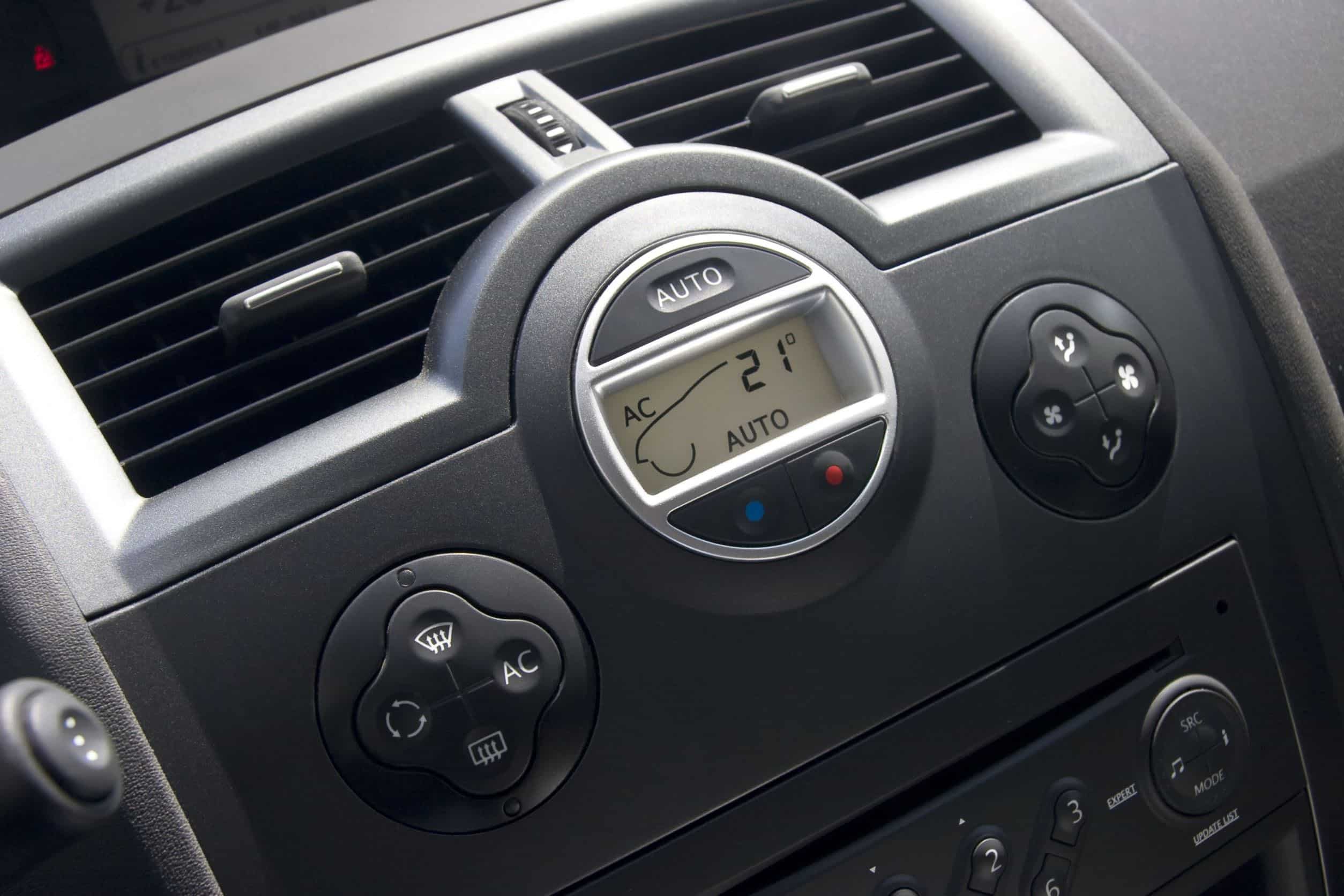As technology continues to reshape the automotive industry, artificial intelligence (AI) is now playing a transformative role in one of the most overlooked yet essential aspects of vehicle design—climate control systems. The evolution of air conditioning and heating in cars has moved far beyond simple knobs and dials. AI-optimized climate control systems are introducing a new era of comfort, efficiency, and personalization for drivers and passengers alike. These intelligent systems are not only redefining how we experience temperature on the road but are also influencing broader conversations around energy use and environmental sustainability.
From Manual Settings to Intelligent Automation
Traditionally, car climate control relied on manual inputs, with users adjusting the fan speed, temperature, and air distribution themselves. The introduction of automatic climate control marked a significant improvement, allowing the system to maintain a set temperature using onboard sensors. However, even these automatic systems had limitations, often failing to adapt to changing conditions in real-time or to individual comfort preferences.
AI has taken this evolution a step further by introducing adaptive learning and predictive algorithms. These advanced systems collect and analyze data from multiple sensors within the vehicle—such as cabin temperature, humidity, sunlight intensity, and even seat occupancy. Using this data, AI can dynamically adjust the climate settings to maintain optimal comfort without constant manual adjustments. The result is a system that not only reacts but also anticipates, creating a smoother and more personalized driving experience.
Personalized Comfort Through Machine Learning
One of the most compelling features of AI-optimized climate control is its ability to learn individual preferences. Over time, the system begins to recognize the specific comfort patterns of each driver and passenger. For instance, if a driver consistently prefers a cooler cabin in the morning and a warmer setting in the evening, the AI can adjust the temperature accordingly without being prompted.
In multi-passenger vehicles, these systems can even create microclimates within the cabin. Using sensors embedded in seats or doors, the climate control system identifies where each person is sitting and customizes the airflow and temperature for that specific area. This level of personalization enhances overall comfort and reduces energy waste, since the system avoids unnecessary cooling or heating of unoccupied spaces.
Efficiency and Sustainability in Focus
Beyond comfort, AI-driven climate systems are contributing to greater energy efficiency—a critical concern in both traditional combustion engine vehicles and modern electric cars. Heating and air conditioning are major energy consumers in any vehicle, and inefficient use can significantly reduce fuel economy or electric driving range.
AI helps optimize energy use by fine-tuning how and when climate control is applied. For electric vehicles (EVs) in particular, this is a significant advantage. By using predictive analytics, the AI system can precondition the cabin while the car is still charging, thus preserving battery life during the drive. Additionally, it can modulate compressor usage or fan speeds based on actual needs rather than fixed cycles, reducing the system’s overall power draw.
As sustainability becomes a central concern in automotive design, AI-optimized climate control represents a practical step toward more eco-conscious driving without sacrificing comfort.
Integration with Smart Ecosystems
The future of AI climate systems extends beyond the vehicle itself. Many modern cars now connect with smartphones and smart home devices, creating an ecosystem where climate control can be managed remotely. Drivers can pre-set their car’s interior temperature from their phone or sync it with their home assistant, ensuring the vehicle is ready and comfortable before the journey even begins.
In more advanced scenarios, AI systems might factor in external data such as weather forecasts or traffic conditions to adjust the climate control settings ahead of time. This seamless integration enhances convenience while further optimizing energy use, aligning with the broader trend of smart mobility.
Conclusion: Driving Into a Smarter, More Comfortable Future
The rise of AI-optimized car climate control systems marks a significant shift in how we think about in-vehicle comfort and efficiency. By combining adaptive technology with real-time data analysis, these systems offer unprecedented personalization, improved energy efficiency, and integration with smart technologies. As vehicles continue to evolve into intelligent machines, climate control is no longer just a functional feature—it’s becoming a key component of the overall driving experience. With AI at the wheel, the future of automotive comfort looks more intelligent, responsive, and sustainable than ever before.
Visit these links for similar information :
https://newsfuzhou.com/
https://perulive.net/
https://coloradonewstoday.com/
https://naturalimpactcbd.org/
https://cbdhempoilreviews.org/
https://firstpresbyterianastoria.org/
https://cnnnewstoday.com/
https://hempdispensaryhealth.com/
https://organicpurehempoil.com/
https://homewateralkali.com/
https://besharanews.com/
https://ausphreak.com/
https://relaxcbdhemp.com/
https://jungleboyweedtins.com/
https://testedhempoil.com/
https://ukbingopromotions.co.uk/
https://njknews.com/
https://hempdispensaryok.com/
https://ryehomedesign.com/
https://shaktihomestyle.com/
https://sonnah.org/
https://topeducationlounge.com/
https://ecofriendlyideas.net/
https://someinfinity.com/
https://dentalephesus.com/
https://morforyou.com/
https://mccallforall.com/
https://menshealthreview.org/
https://orangecountycahomeinfo.com/
https://nicejunehomewares.com/










